If all goes well, Gentle Reader, then you are reading this while I am on the way to the Fragrant Port. I'm not entirely sure which fragrance modernday Hong Kong sports at this time of year, but I suspect that "fragrance" might be a little generous.
As it happens, this article is all about The Dayi, and one of my Hong Kongese chums, Apache, is about as into Dayi as I am. We're not fanboys, I should point out, but we do get together from time to time to drink up the "Great Virtue". There are people like us, who enjoy a bit o' Dayi, and there are the other kind of Dayi fans - those folk who can tell you all about the way certain flecks of ink on certain characters indicate special batches, and so on.
This tea came from the now-defunct Origin Tea, by way of JT (many thanks). 2001 Banzhang "Wild"? Of course it is.
Looking at the photograph above, this tea is as expected. You can almost smell the tell-tale blackened plantation aroma just from the bitmap. It is exactly that which you would anticipate for Dayi. I am fascinated to see that the stereotypical "Dayi" house style existed even in 2001.
It is orange and husky, but you knew that. This is a sharp cake, with some (ready the lifeboats, stand by your bunks) dry storage.
Queue pictures of Luke Skywalker holding onto a weathervane.
Luke didn't have it so bad. He lost a hand and the Sith Lord that was doing the Emperor's dark bidding turned out to be his father, sure, but he didn't have to cope with excessively dry tea. I'm not a fussy drinker, and I can drink everything from a cake that's so humid even your average Hong Kong resident wouldn't touch, all the way down to something that's as dry as a Jawa's gusset.
In this particular case, it has a solid body, but absolutely no huigans at all. There is simple, plantation strength, but not too much else. Yes, it's Dayi, but (and don't hate me here) it's really not the best example of Dayi that you might hope to find.
This next cake is the 2003 Dayi "Purple".
Foiled! The colour balance of my pre-dawn photography was so unalterably nasty that I simply had to desaturate the entire image. At least you can see the shape of the leaves.
This second plantation recipe, like the 2003 Jin Dayi, has become very expensive. As with the 2001 Orange Banzhang, above, this is blackened and sweet in the usual Dayi way. This cake is also a victim of basic economics: the demand is so high that the price has risen way beyond that which I would consider to be "good value", and has passed even beyond "almost reasonable". It is, merely, a husky Dayi plantation tea, without much huigan [returning sweetness]. It is good plantation tea, certainly, but you couldn't buy this with a straight face. This is internet forum madness, and not worth contemplating.
The 2001 "Commissioned Purple", however, is really worth thinking about, in my opinion.
That picture is enticing. I am enticed!
Dark and humid, these leaves are calling out for a good session. The "commissioned" status lifts it above the norm, quite obviously. Gone is the husky blackness of standard Dayi; in comes the very real scent of grapes and raisins. This smells much more natural.
This is red-brown, and very smooth. Compare this 2001 Commissioned Purple to the 2001 Orange Banzhang, at the top. It's like chalk and cheese; heaven and earth; Optimus Prime and Megatron.
I used all of the leaves in my sample, safe in the knowledge that it would be almost impossible to overbrew, which turned out to be correct. It is dark and oaken like dodgy Norweigan metal. Devoid of roughness (unlike the aforementioned Norweigan metal), this is made from quality leaves.
This is surely about as Dayi is ever going to get. Its pure strength is its primary advantage, but it is the punch of an Ent: woody, solid, and completely unstoppable.
Finally, shupu.
Please, contain yourself, Gentle Reader, for such wailing is most unbecoming. You sound like a schoolgirl.
I will have you know that I actually like shupu. I often drink it in my lab, and I sometimes even drink it at home at the teatable. Shupu is fine by me, when done right.
Doing shupu right is exactly what Dayi knows. When you want shupu, you go to the people who invented shupu.
"Wuzidengke" [woo-zer dung-ker] refers, approximately, to five sons passing the examinations for the Imperial civil service. It's a great name. It's also a great pu'ercha pun, because a tong is called qizi, as you know (seven sons), referring to the seven cakes in a tong. Guess how many little cakes you get in the (metallic) tong casing here?
PM of white2tea sent me a sample of this, as you can see in the photographs above, and I promptly swooped like the vulture I am and acquired a groovy metal tin. It weighs in a about $70 for the lot, which is really good value considering how awesomely stable this shupu can be.
Heavy, black, clean, fresh, husky, and sweet: Dayi are the unbeaten masters of shupu, and here they are on fine form. It has the soft, eroded edges of shupu, but retains good strength - a marvellous piece of composting. There is complexity the likes of which one would never expect: honey, and much in the way of vanilla softness.
If you're doing shupu, then do please try a sample of Wuzidengke. The name is hard to forget, and it is a personal favourite.

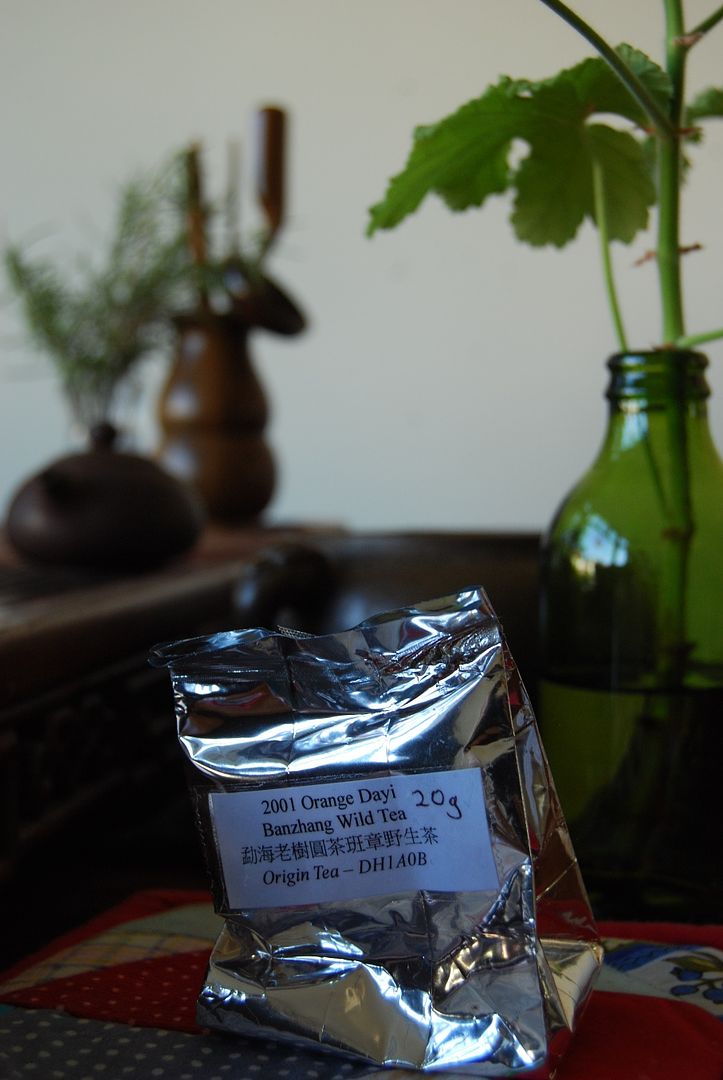
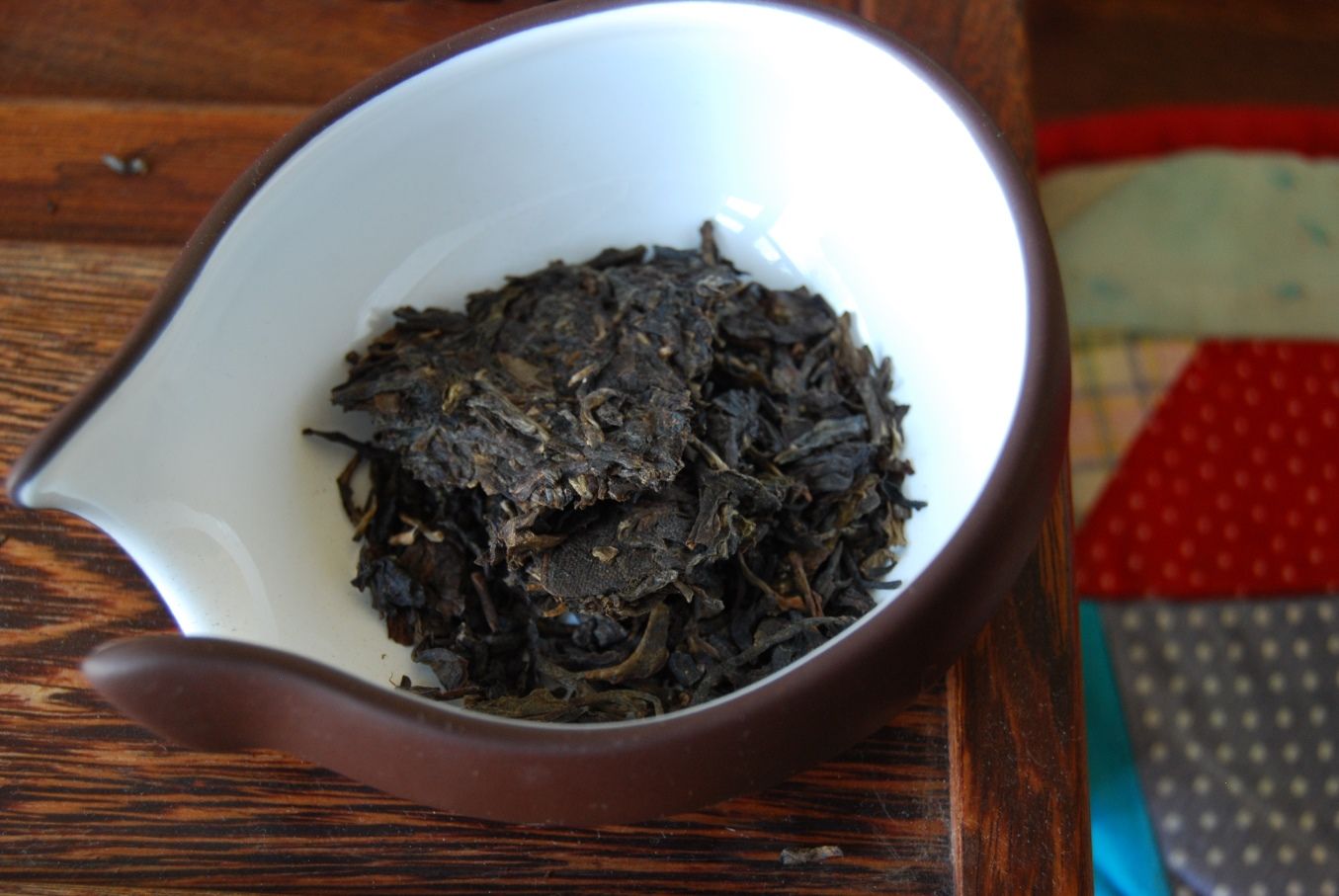
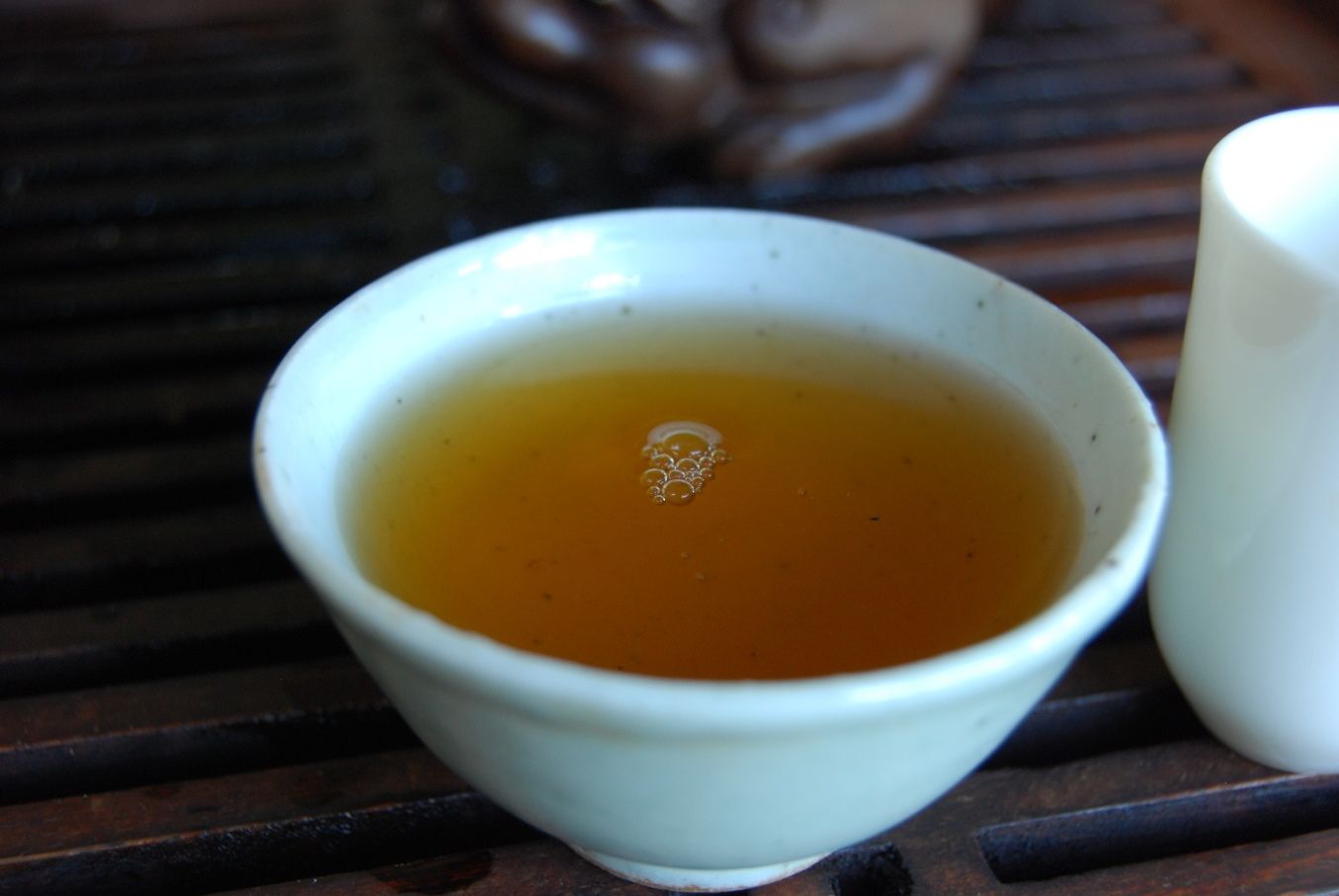
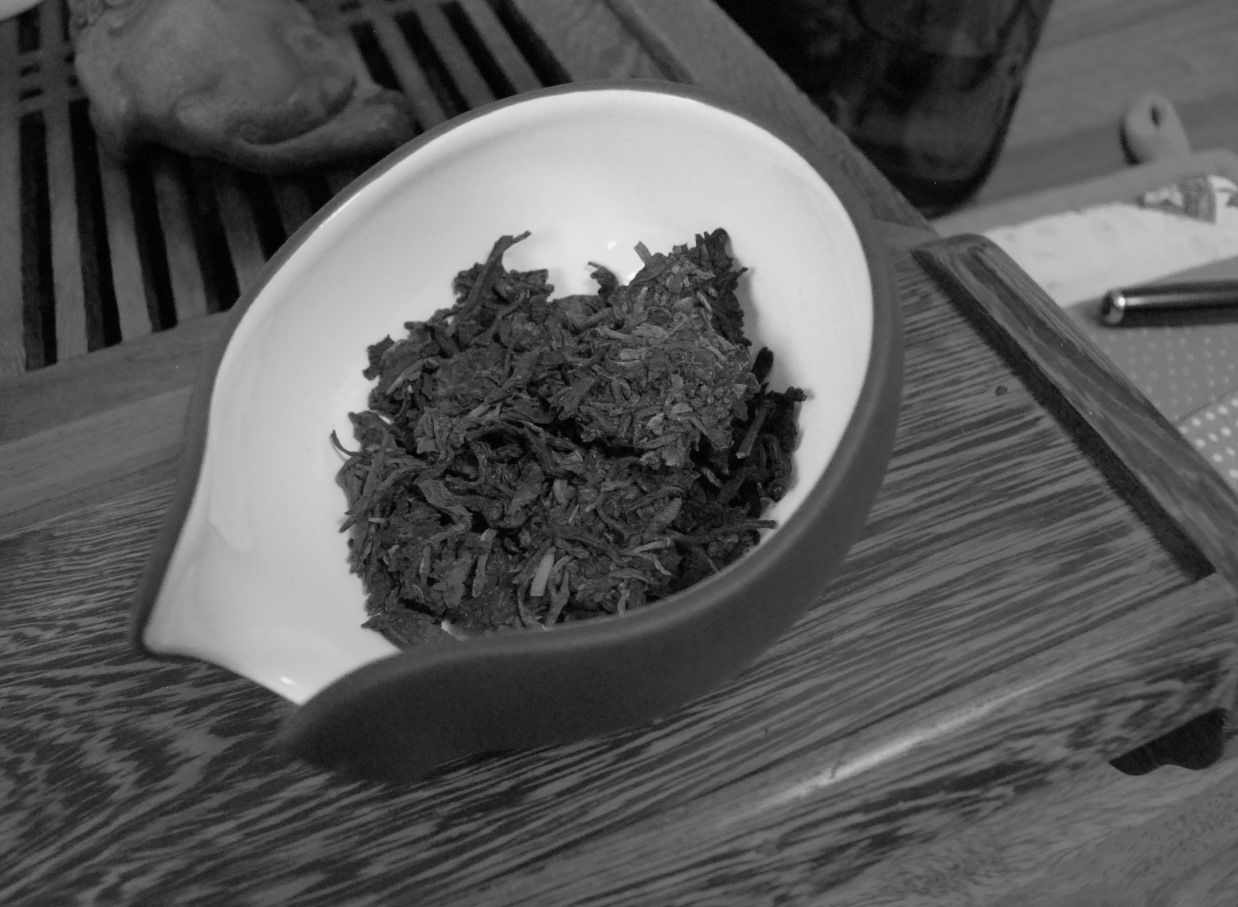
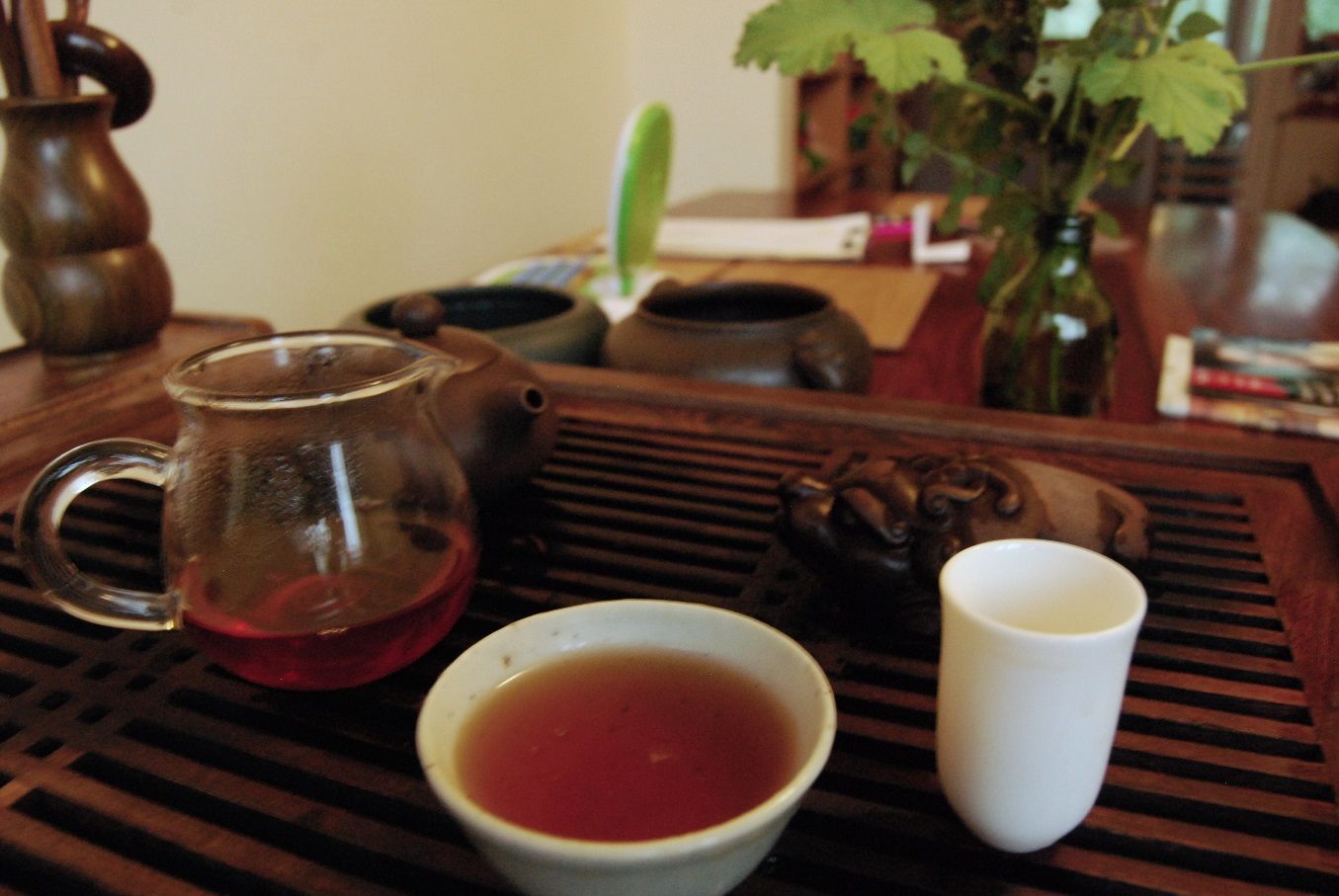
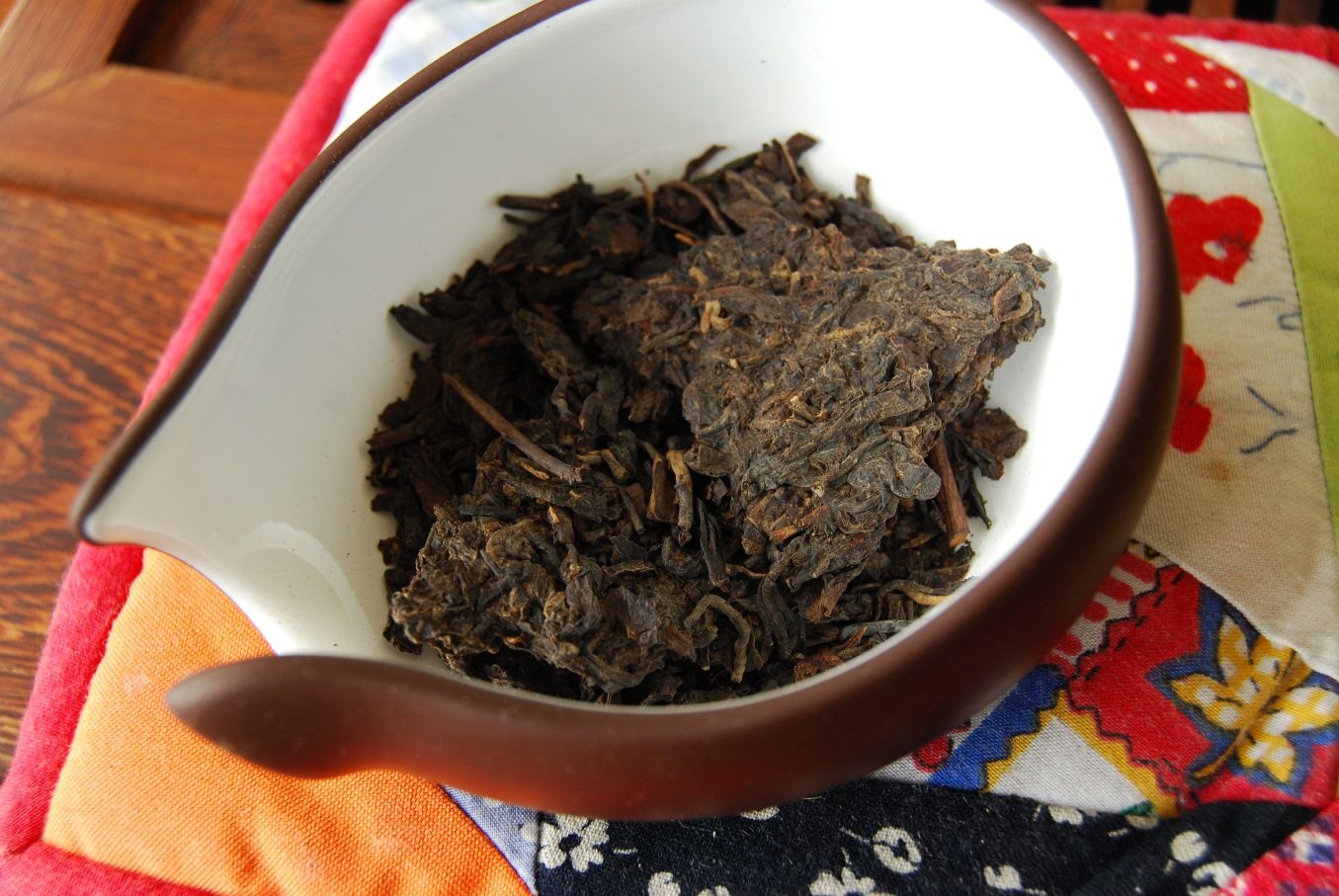

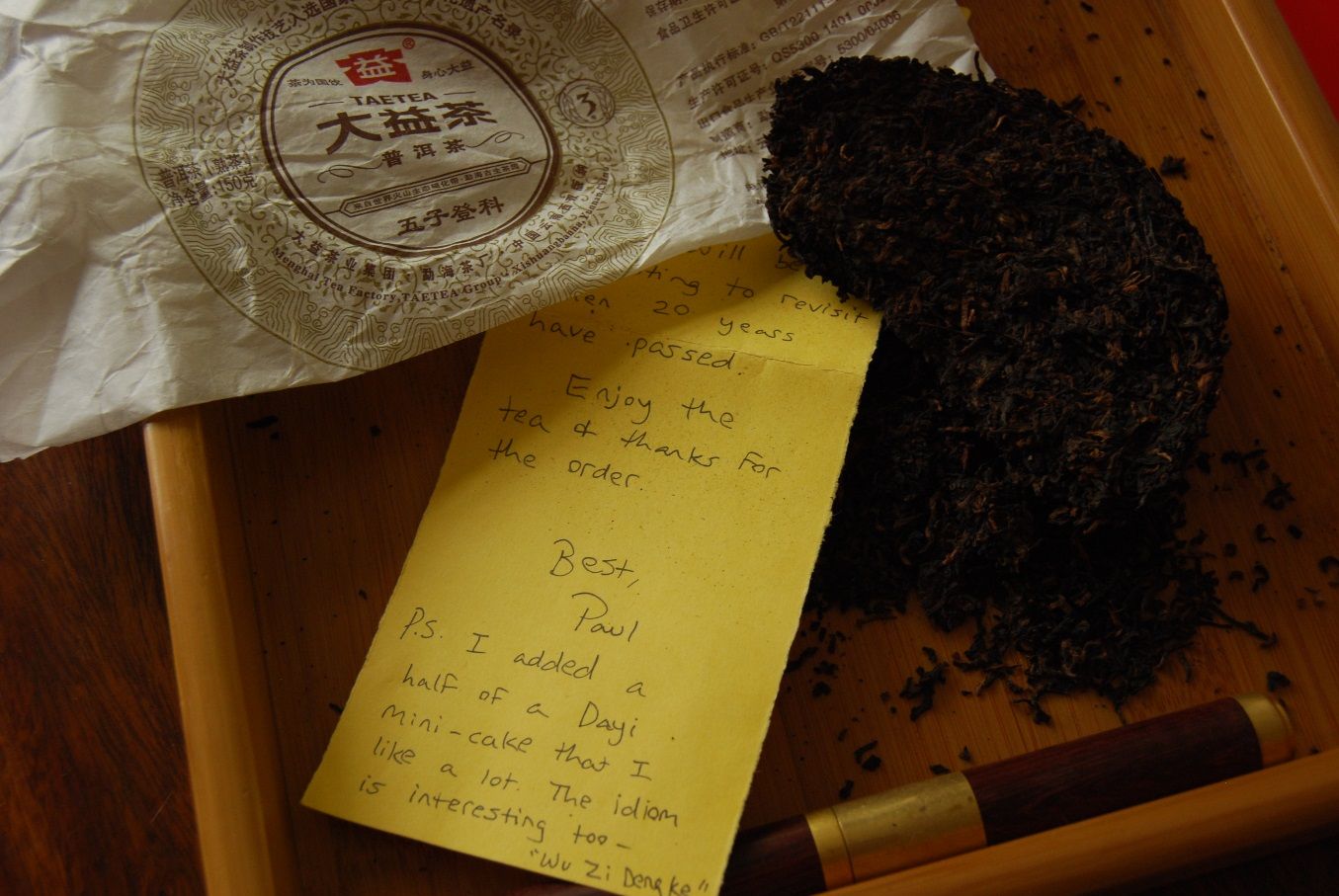
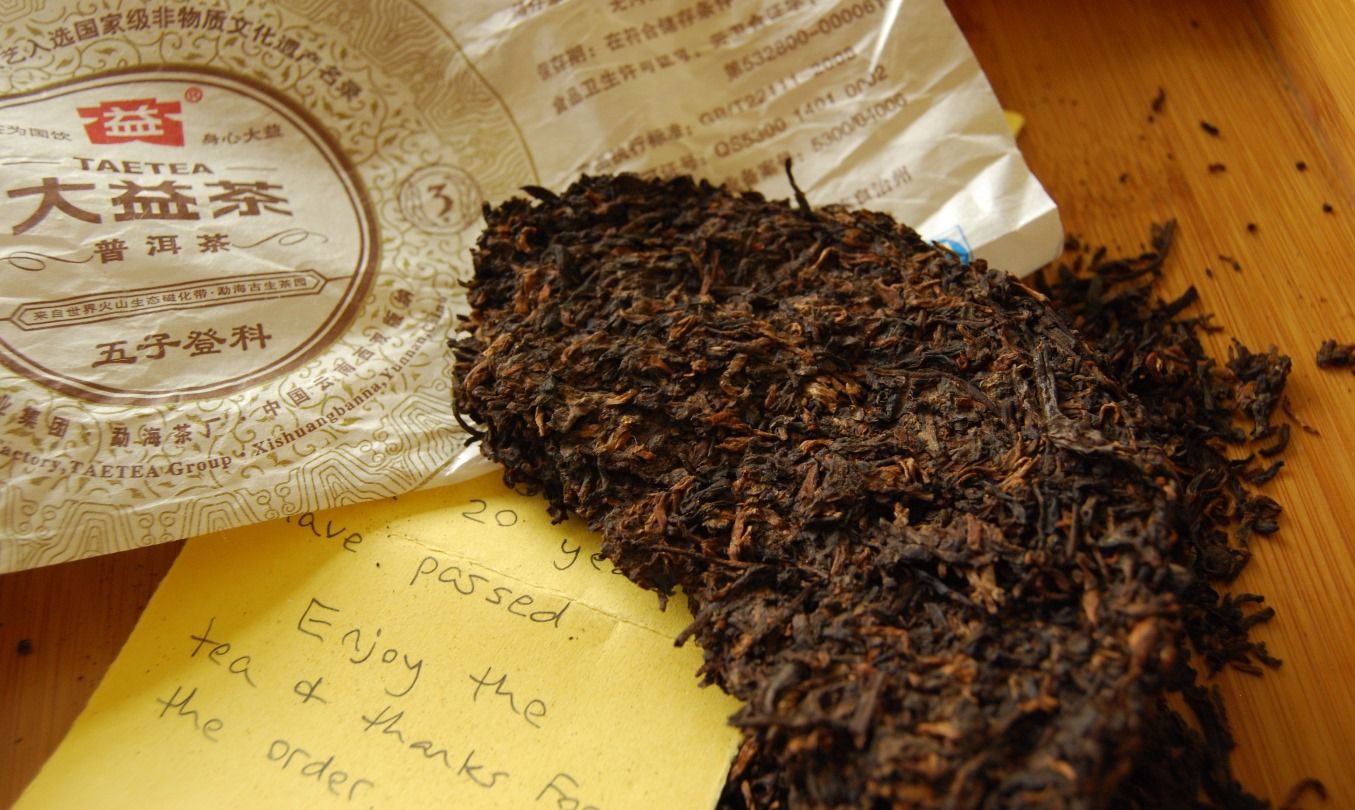
5 comments:
Hi Hobbes , I really do enjoy a good shupu now and again during the cooler months and added a cake of Wuzidengke just to try to an order from white2tea about twelve months ago . I gave it a go shortly after it arrived and can clearly remember that I was none to impressed . I threw it to one side - somewhere amongst the other shupu's - and there it has remained . You have just reminded me that I have it - must give it another go some time and see if it fares any better . Interesting and enjoyable reading as always ! All the best ! Simeon . p.s - What are you doing in Hong Kong ?
Dearest Hobbesy,
Unlike many tea-talkers on these here interwebs, I will also freely admit that I love a good shu pu'er! I know it's one of those "when it's bad, it's BAD" things, but it can still be very good if done properly, and there's no shame in enjoying some good shu.
My favourite (currently) is a 2010 Nanmuchun "Spring Chorus" cake that I procured for a mere $25 from YSLLC. I also got a few decadeish-old bricks from Scott, all of which are simple, no-name affairs, but still lovely. Dayi are a safe bet, but there's plenty of other options too, if you feel like something other than their typical creamy-nutty-sweet vibe.
Shu pride!!
Great post as always, and, as a novice-to-intermediate drinker, very useful. I also have no problem with a good shu - the first puerh I tried was a shu, which intrigued me enough to get into the stuff. Since then, I've been all about variety, and especially as someone on a budget, I cherish having some good shu on the shelf.
Dear Tofu,
Shupu is a personal affair, for sure - the Wuzidengke may not translate between individuals, it seems. :)
I'm in (was in) HK for 36 hours to meet (i) unfathomably wealthy research donors and (ii) old buddies who have moved here. I'm in Beijing at the time of writing!
Toodlepip,
Hobbes
Dustin and Zach,
You are my shubros. *Fistbump*
Toodlepip,
Hobbes
Post a Comment